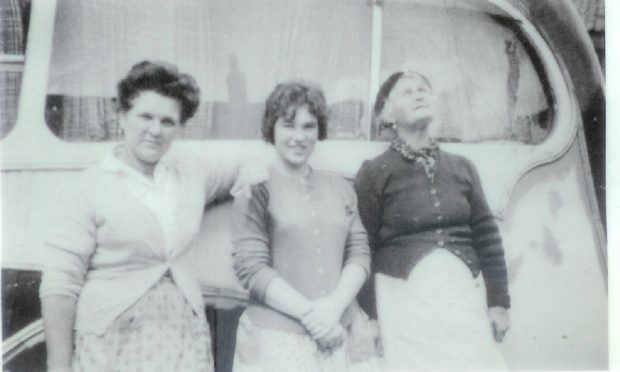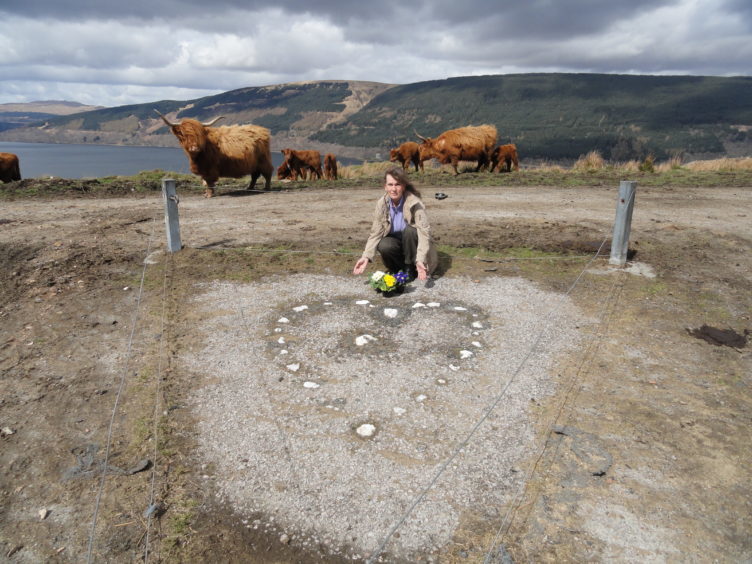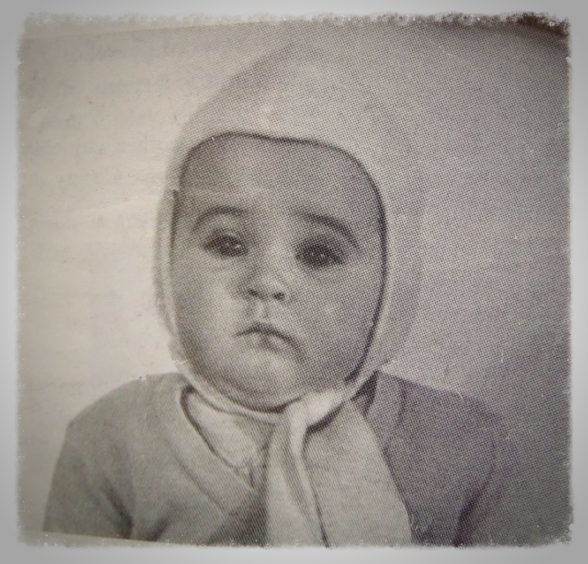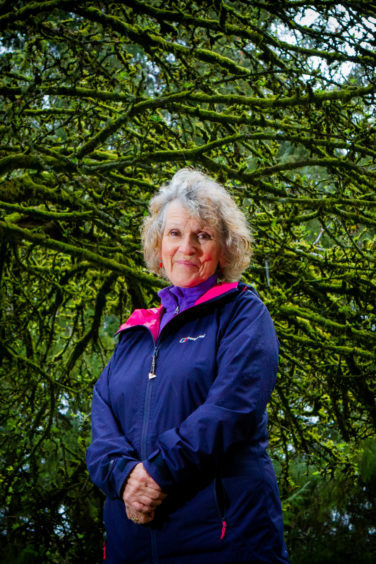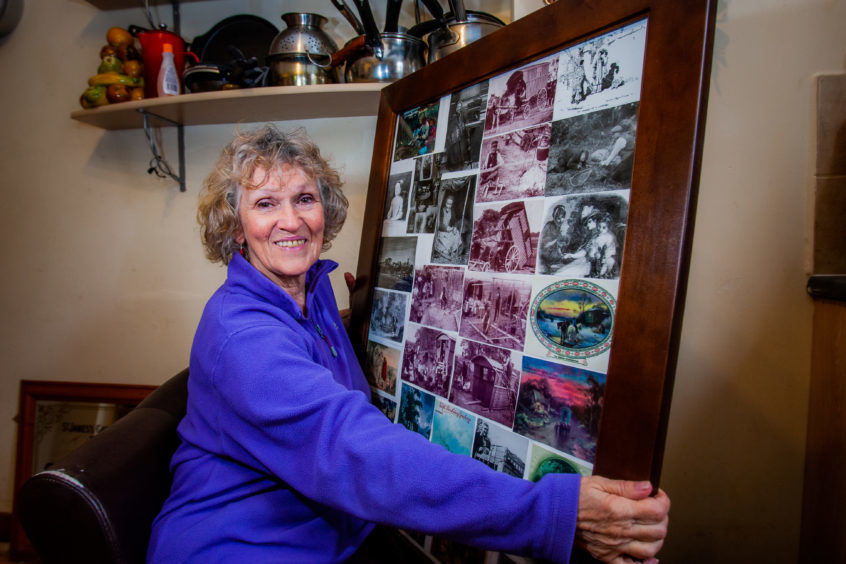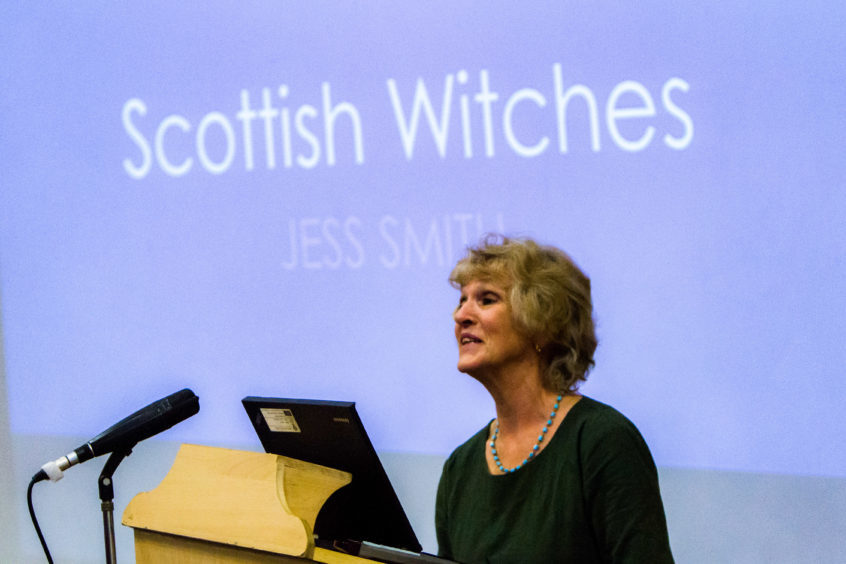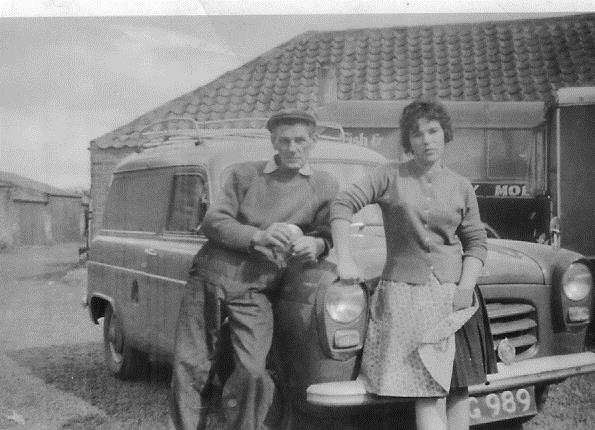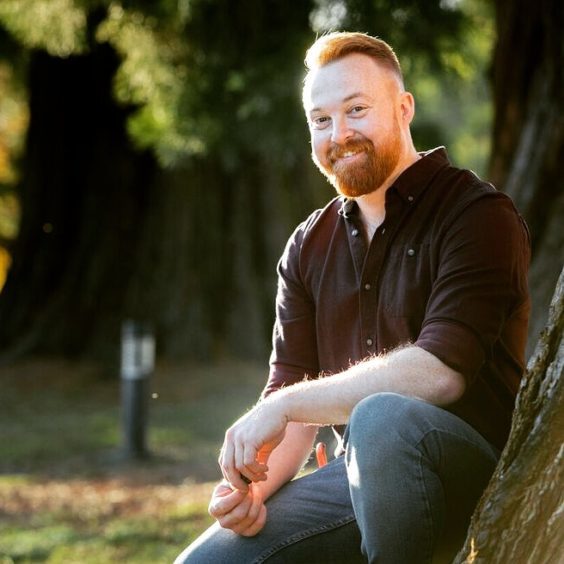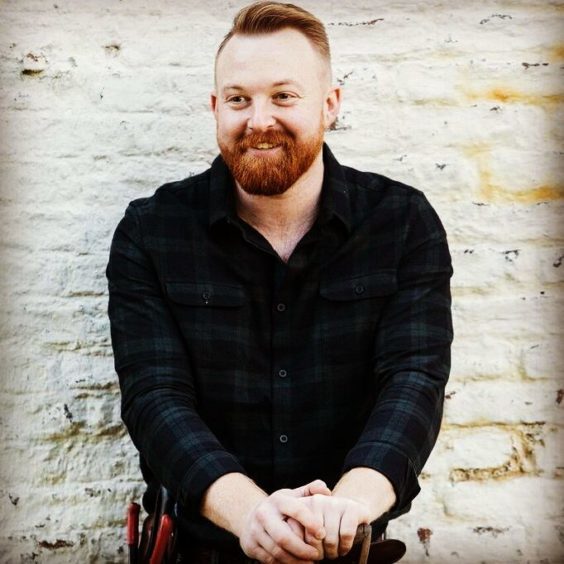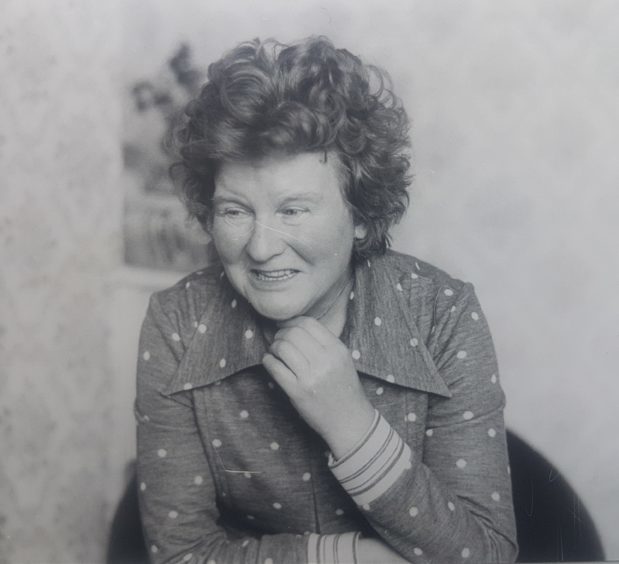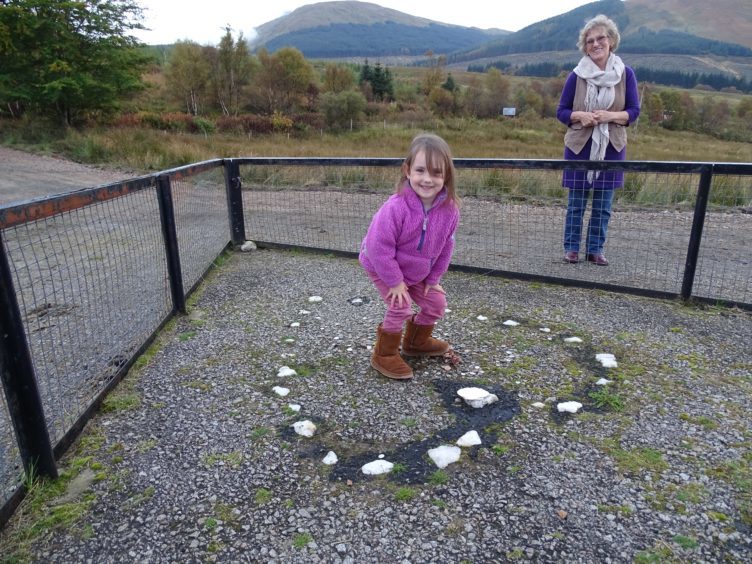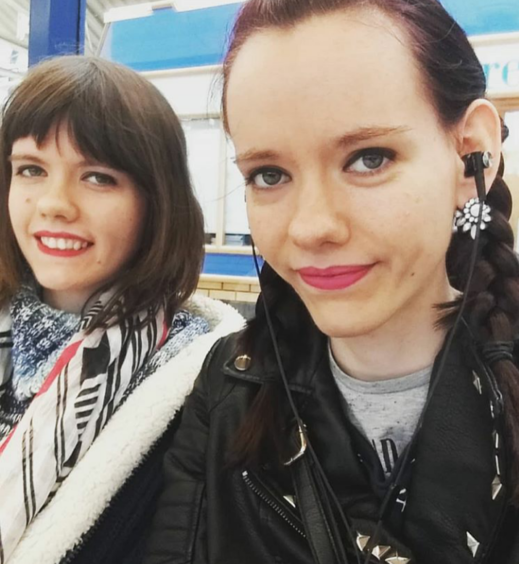Scotland’s Travelling community has always been at the heart of the country’s heritage, culture and storytelling traditions. Caroline Lindsay meets some of the people determined to keep that alive.
More than 100 years ago, a young Traveller prepared to give birth alone in the rugged Scottish countryside. Using her coat as a shelter, she broke two branches off a hazel tree and inserted them into the coat sleeves. After washing the baby, she rested, then put on her coat and got on the ferry to visit her sister in Argyll.
A few miles away, at Strachur, lay the Tinkers’ Heart, a heart-shaped setting of quartz stones embedded in a field, a sacred place where the Scottish Traveller community gathered for celebrations. The young woman, Margaret Power, took her new-born daughter Jean there for a blessing – and a century on, thanks to Margaret’s granddaughter Jess Smith, the Heart has been recognised as a national monument.
Jess, a Scottish Traveller, author and storyteller, takes up the tale.
“In 2009 during a visit to a Dunoon Church Guild, a lady informed me that the Tinkers’ Heart was in a serious state of disrepair,” she says. “My husband Dave and I were stunned by the state of this sacred site where Travellers once were married.
“We immediately began contacting all the relevant bodies including Historic Environment Scotland. It took seven years to convince those involved how important this place had been and still could be, to give a voice to the Travellers,” she continues.
After a long campaign and parliament petition the government changed its criteria and scheduled the site and the landowner had it cleaned and a protective fence erected around it.
One thing led to another and following their success, Jess formed a charity called Heart of the Travellers.
“We applied for funding to invite settled Travellers to share in conversation what being a Traveller meant to them,” she explains. “Eleven diverse participants shared their thoughts and last year we launched A Sense of Identity, an exhibition and film, at the Scottish Storytelling Centre in Edinburgh. It’s since toured throughout Scotland to great acclaim.
“Travellers have an old story, from the border Gypsies to the highland Cairds, so different yet drawn together by cultural routes,” says Jess. “Seasonal sailors passing like ships in the night, each to their own ancestral oceans, sharing a language spoken now by a few.
“We have watched as tracks of soil have been dug up and giant boulders prohibit access; we have heard the word that summer berry picking was no longer ours to enjoy. We no more shed tears as we drive on past where old Maggie is buried in the woods and old Willie’s trees of hazels are dead,” she continues.
“Progression is the ‘in’ word, it’s used to portray everything ‘Traveller’. In airports we see the familiar signs ‘Travellers’ Lounge’ and on railway stations and ferry ports there are signs saying ‘Travellers this way’ and so on.
“It is hard to accept these changes because it’s another depletion of the culture.”
But Jess is convinced this isn’t a heralding of the end.
“The young Travellers are keen to express their culture and will do so to other young people who will not have the discrimination some of their forefathers suffered,” she says. “There is such a lot to celebrate about being a Traveller in modern Scotland today. The country is brimming over with A Sense of Identity so it is up to all of us to take the next step of our story together.”
She hopes that the oral storytelling tradition of the Travellers will continue to pass down through the generations.
“Scotland’s people are to a certain extent separated by loch, glen and moorland,” she explains. “In days past when families didn’t see each other from one year to the next there was much to share when they met after such a long absence. News, memories births and deaths all had to be ceremoniously shared. Gossip was rife – many real-life stories!
“Then there were the stories handed down through generations: old myths and legends, the tales told to keep the little ones happy,” she continues. “Fairies, witches, giants, dragons, broonies, water wraiths, mermaids, and elves, the lists were endless.
“Children loved and desired their tales, it was part of growing up around firesides and in Travellers cases, around the campfire, where the noises of the night blended with the natural acoustics of hoolit hoot toots and rustling branches.” Brought up with stories like Broonie o’ Aberfeldy, Death in a Nut, the Mermaid of Dunvegan, Frozen Boots, Kelpie, Cruel Miller and Ghost o’ the Sma Glen< Jess – who has published six books and recorded two CDs of stories and old songs – believes that stories are like flags of identity.
“They symbolise certain place names associated with the country of origin,” she says. “For example Finn McCool and the Giant’s Causeway, along with Leprechauns, speak of Ireland. Loch monsters, kelpies and faerie folk speak of Scotland and visitors and tourists will expect to hear these tales.”
David Pullar is one of the people taking part in A Sense of Identity, and is proud of his rich heritage, in particular his great grandmother Betsy Whyte, the well-known Traveller who wrote The Yellow on the Broom and Red Rowans and Wild Honey.
Raised in the village of Usan, just south of Montrose, and brought up on tales of selkies, myths and mermaids, he was nonetheless surprised to discover he was in fact a “buck” or half Traveller.
“My father is a scaldie (non-Traveller) but my mother is a full Traveller, and in my teens I realised how famous my great grandmother and her books were – and still are,” he says proudly.
It was through this discovery he started to delve further into his travelling heritage, especially the traditions, ballads and of course oral storytelling, and in 2008 was nominated for Young Scot of the Year for cultural diversity.
“Although I didn’t win the title, being nominated certainly caused a great deal of interest and has hopefully gone a small way in bringing understanding of the Traveller’s way of life,” he says.
“Traditional traveller tales are not like stories of today, these are stories that have been around for hundreds of years and come from a time when the world was a lot smaller and life was a lot simpler. When people were extremely superstitious and when strange occurrences had no real explanation.
“Thanks to the internet and social media, the world of imagination is not what it was. But storytelling is making a small but necessary comeback – stories should be passed freely among people who want to listen, learn and retell. It’s a link to the past and to the people of the past and should never be forgotten.”
With an eye to the next generation, he observes: “We are lucky in this country to have storytelling workshops to ensure the oral telling of tales will continue. I’d like to see more storytelling in schools where eye contact, timing and words hook and reel in the young listener and stimulate their imagination.
“Only by doing from this from young age can we hope to ensure a life-long passion for storytelling.”
Twenty-five-year-old Samantha Donaldson and twin sister Lucinda – whose mum Patsy (who features in the film) and grandparents were Travellers – aim to represent their people in the most positive ways possible.
“My biggest hope is that A Sense of Identity helps others realise we’re not the stereotypes the press have us believing,” says Samantha, a “settled Traveller” who hasn’t lived life by the roadside. “Although I really resent using the term settled!
“To have our own people speak about our own culture and identity is not only empowering for us, but it shows the non-Travelling community that our voices are still valid, and that our culture is very much alive and well,” she continues.
“Of course I don’t expect everyone in our community to take to me, but everything we do for our people is because we 100% care about our culture and our people’s future.”
While Samantha believes that education will be one of the ways to keep Traveller culture and tradition thriving, she admits that her ancestors’ stories may have little relevance in today’s world.
“I wouldn’t be surprised if kids nowadays decided to tell stories about street life, drugs and politics,” she says.
“In terms of how we foster it, we need to encourage the young to keep passing down the stories, perhaps ones their parents told them, but even then I wonder if they would? How can we make an ancient culture like storytelling cool for the Instagram generation?
“That said, if kids have stories they’re dying to share, then I believe they’ll be shared – but not in the same way our forebears told them.”
Info
Jess Smith will appear at an evening concert, part of Gypsy Roma Traveller History Month, at the Hub Edinburgh June 22.
If you have information, photos or recollections of Betsy Whyte to share with David Pullar, please email him at rowansandhoney@aol.com
Where do you belong by Andrew Kidd
I belong
Wherever the wind blows.
I am the seed
That is borne aloft on the breeze,
That lights down on distance pastures,
That is thel ife of my people. I am within the unbroken circle
That has no beginning and no ending.
Around I go like the story of life.
